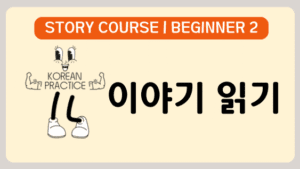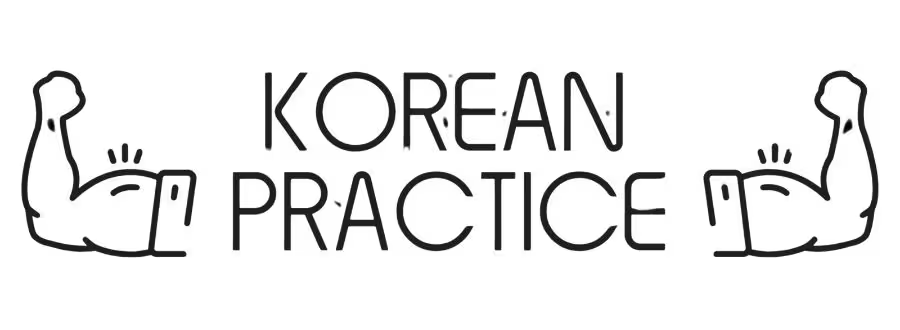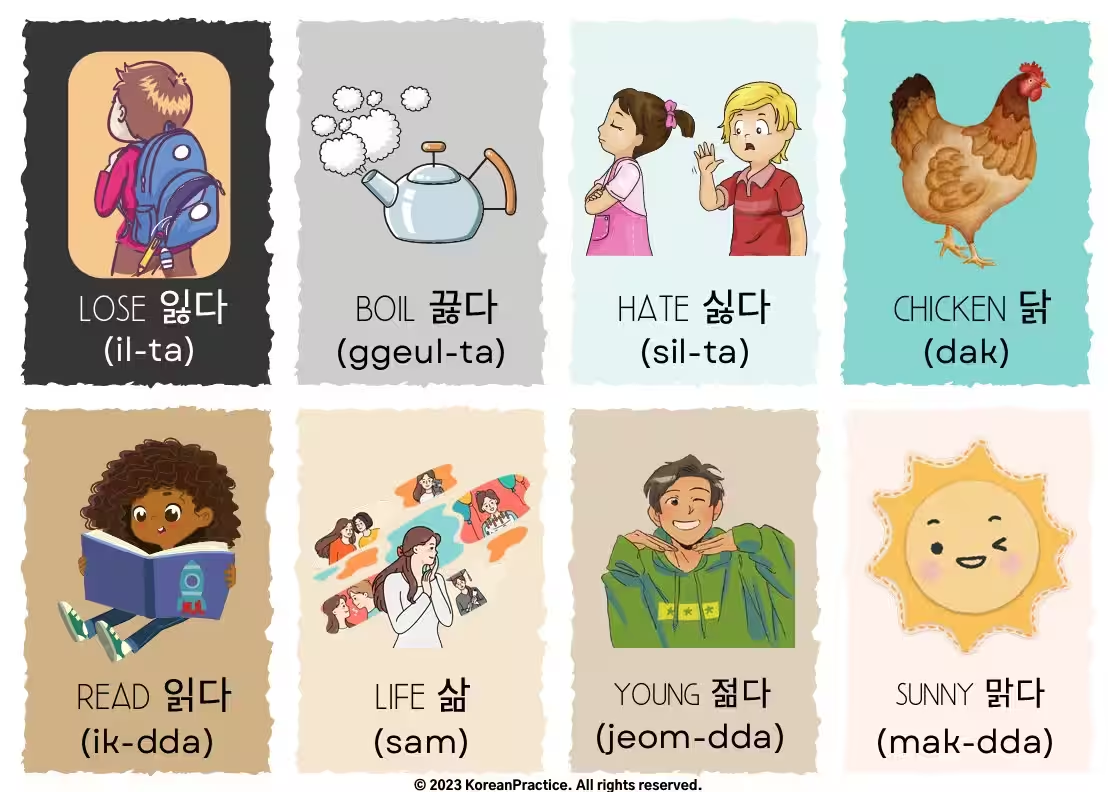Suh ChangWhoon
Written by 서 창훈, a certified Korean teacher with 14+ years of experience in Japan. He previously worked as a government officer, cybersecurity consultant, and English interpreter. Today, he teaches Korean in real classrooms without complex grammar explanations — instead, he trains students’ brains to speak naturally. His unique method is now the foundation of all his Korean courses.
Table of Contents
- Have you ever wondered why Koreans serve rice before soup, or why we never clink spoons?
- What does it show about respect and connection at the dinner table?
In this post, I will show you about Korean table etiquette!
In Korea, food is not just food. It is respect, relationship, and connection. So today I will share with you what I know—not from books, but from real life, real meals, real Korean tables.
What Is Korean Table Etiquette?
Korean table etiquette means how to behave nicely at Korean meals.
It includes:
- Where to sit (this is important!)
- What comes first (rice, soup, then banchan)
- How to use spoon and chopsticks
- What to do… and what not to do (we have many “don’t do!” things 😅)
Why it’s important?
Because when you follow this, Korean people feel respected and comfortable with you.
Start the Free Course
Still wondering how to read Korean?

This isn’t just another beginner lesson. It’s a complete system designed to change the way you think about Korean — from struggling with letters to reading real sentences, understanding the language, and speaking out loud with confidence.
Why It Matters at Korean Table
In Korea, we eat together like a team. A family. Even with friends, it is same.
Eating is not just for the stomach. It’s for heart. ❤️
So if you follow Korean dining etiquette, people feel:
- You understand Korean heart
- You are polite and kind
- You are not just tourist—you care
Easy Korean Table Etiquette Guide!
1. Where to Sit
- Oldest person sit first. Usually far from the door.
- You sit after them.
- It shows respect.
In Korean table etiquette, the oldest person sits first — usually at the spot farthest from the door.
Why? Because age is deeply respected in Korean culture. Letting elders sit first shows good manners and cultural understanding.
So wait until they’re seated, then find your spot. It may feel formal at first, but it’s one of the basics of Korean table etiquette that Koreans really appreciate.
✅ Example
Original Korean Sentence
할아버지, 이쪽에 앉으세요.
Pronunciation Guide
하라버지 (ha-ra-beo-ji), 이쪼게 (i-jjo-ge) 안즈세요 (an-jeu-se-yo).
Meaning and Context
할아버지 (grandfather/elderly man), 이쪽 (this side/this way) 에 (at/in) 앉 (to sit) 으세요 (honorific polite imperative; please do this action).
English Translation
Grandfather, please sit over here.
Literal Translation
Grandfather, please sit at this side.
Not sure how to bow properly? Learn the 3 main types of bows in Korean culture and when to use each!

Start the Story Course
Looking for super easy way to learn Korean?

Most Korean courses stop at grammar. Mine goes beyond — with stories, Story Style Breakdown™, and real practice to help you speak.
2. Rice → Soup → Banchan
- Rice on your left, soup on right.
- Banchan is shared.
- Don’t eat only your favorite banchan. Share nicely 😁
A standard Korean table setting puts rice on your left, soup on your right, and many small dishes (called banchan) in the middle for everyone to share.
Don’t just grab your favorite banchan and finish it — sharing is part of the experience.
This part of Korean table etiquette reflects community and respect: we eat together, not just for ourselves.
✅ Example
Original Korean Sentence
밥은 왼쪽, 국은 오른쪽.
Pronunciation Guide
바븐 (ba-beun) 왼쪽 (oen-jjok), 구근 (gu-geun) 오른쪽 (o-reun-jjok).
Meaning and Context
밥 (rice/meal) 은 (topic marker; as for rice) 왼쪽 (left side) , 국 (soup) 은 (topic marker; as for soup) 오른쪽 (right side).
English Translation
Rice on the left, soup on the right.
Literal Translation
As for rice (it is) left, as for soup (it is) right.
Think 먹다 just means “to eat”? Discover 10 diverse ways Koreans use this super useful verb!
3. Spoon and Chopsticks Rules
- Spoon for rice and soup.
- Chopsticks for side dishes.
- No playing with chopsticks! (Yes, some people do that… don’t 😅)
- Don’t put chopsticks standing in rice! (That’s only for funerals)
✅ Example
Original Korean Sentence
숟가락으로 국을 먹고, 젓가락으로 반찬을 먹어요.
Pronunciation Guide
숫까라그로 (sut-gga-ra-geu-ro) 구글 (gu-geul) 먹꼬 (meok-ggo), 젓까라그로 (jeot-gga-ra-geu-ro) 반차늘 (ban-cha-neul) 머거요 (meo-geo-yo).
Meaning and Context
숟가락 (spoon) 으로 (with/using) 국 (soup) 을 (object marker; my object is soup) 먹 (to eat) 고 (and), 젓가락 (chopsticks) 으로 (with/using) 반찬 (side dish) 을 (object marker; my object is side dishes) 먹 (to eat) 어요 (polite present tense; I’m telling you polite and friendly).
English Translation
I eat soup with a spoon, and eat side dishes with chopsticks.
Literal Translation
(I) eat soup with spoon, and eat side dish with chopsticks.
4. Start and End Properly
- Wait for elders to eat first.
- Offer food to others (like meat at BBQ! Be a kind helper!)
- When finish, put spoon and chopsticks neatly on table.
Wait for the oldest person to start eating first. That’s not just polite — it’s a must in Korean dining etiquette rules.
And during meals, it’s kind to offer food to others, especially at BBQs. For example, grill meat for others and serve it — it shows generosity.
When you’re done, place your spoon and chopsticks neatly on the table. It’s a respectful way to close the meal, which matters a lot in Korean table etiquette.
✅ Example
Original Korean Sentence
잘 먹었습니다. (This is a polite expression said after finishing a meal to show gratitude.)
Pronunciation Guide
잘 (jal) 머것씀니다 (meo-geot-sseum-ni-da).
Meaning and Context
잘 (well/good) 먹 (to eat) 었 (past tense) 습니다 (formal polite ending; I’m telling you with respect and formality).
English Translation
Thank you for the meal.
Literal Translation
(I) ate well.
5. Eat Quietly
Koreans generally don’t talk loudly or chew noisily at the table.
There’s no need to be silent — but slurping, burping, or loud chewing can feel rude.
Try to enjoy your meal calmly.
(Unless you’re eating with close friends… then maybe you can laugh more!)
✅ Example
Original Korean Sentence
밥 먹을 때는 조용히 해.
Pronunciation Guide
밤 (bam) 머글 (meo-geul) 때는 (ttae-neun) 조용히 (jo-yong-hi) 해 (hae).
Meaning and Context
밥 (rice/meal) 먹 (to eat) 을 때 (time/when) 는 (topic marker; my topic is when eating) 조용히 (quietly/silently) 해 (do; I’m telling you to do this).
English Translation
Be quiet when eating.
Literal Translation
Do quietly when eating meal.
6. Don’t Waste Food
Take only what you can eat.
Wasting food is seen as disrespectful — especially in traditional homes.
You can go for second servings if you want more. That’s totally okay!
But finish what’s on your plate first. 😊
✅ Example
Original Korean Sentence
밥을 남기지 마.
Pronunciation Guide
바블 (ba-beul) 남기지 (nam-gi-ji) 마 (ma).
Meaning and Context
밥 (rice/meal) 을 (object marker; my object is rice) 남기 (to leave behind/waste) 지 마 (don’t; I’m telling you not to do something).
English Translation
Don’t leave your food.
Literal Translation
Don’t leave meal.
Want to sound polite in Korean? Learn exactly what 주세요 means and how to use it like a native!
From My Original Story Style Breakdown™ — A New Way to Truly Understand Korean
This is just one sentence from a complete learning system you won’t find anywhere else. — designed to help you understand Korean naturally, without getting lost in grammar rules.
When you can truly understand Korean sentences this way, speaking becomes much easier.
🚀 Quick Learning

Original Korean Sentence
사자가 코끼리를 잡아요.
Pronunciation Guide
사자가 (sa-ja-ga) 코끼리를 (ko-ggi-ri-reul) 자바요 (ja-ba-yo).
English Translation
The lion catches the elephant.
Literal Translation
Lion catch elephant.
Quick Reference
사자가 (lion) 코끼리를 (elephant) 잡아요 (catch).
💡 Need more details? Click “Deep Learning” below!
🔍 Deep Learning
Meaning and Context
사자 (lion)
→ The lion — the one taking action now in the story.
가 (subject marker)
→ Points out that the lion is doing the action.
코끼리 (elephant)
→ The one the action is done to.
를 (object marker)
→ Shows that the elephant is the object being caught.
잡 (to catch, grab, take)
→ The action — the lion catches or grabs the elephant.
아요 (polite ending)
→ I’m telling you this in a polite and friendly way.
Real-Life Usage
잡아요 is common when talking about catching or holding something.
Pattern Practice
1. 사자가 토끼를 잡아요.
2. 고양이가 쥐를 잡아요.
3. 아이가 공을 잡아요.
4. 강아지가 공을 잡았어요.
Free Korean Flashcard
FAQs (What You Might Still Wonder About)
1. ❓ Can I hold the rice bowl like in Japan?
No no. In Korea, we keep bowl on table.
2. ❓ I eat fast… is that rude?
Maybe a little. Try to match speed with others. Eat with them, not before them.
3. ❓ What do I say before eating?
In Korea, we don’t usually say anything formal like “Itadakimasu” in Japan. But you can smile and say “잘 먹겠습니다!” (jal meokgetseumnida) — it means “I will eat well!” Koreans will love that you know it.
4. ❓ What if I don’t like a certain food?
No problem! Just quietly avoid it. You don’t need to explain.
But don’t make a face or say “Ew!” — that can feel rude.
Just focus on what you enjoy.
5. ❓ Can I ask what something is before eating?
Yes! That’s totally okay.
You can say: “이게 뭐예요?” (ige mwoyeyo?) — “What is this?”
Koreans will be happy to explain it to you.
6. ❓ What do I do with bones or food I can’t chew?
Quietly take it out with your chopsticks or spoon — and place it on your plate or napkin.
Never spit it on the table or into your hand 😅
Final Thoughts:
Korean table etiquette might feel like a lot at first — where to sit, who eats first, how to use your spoon and chopsticks, and all those little Korean table manners… 😅 But don’t worry.
You don’t need to memorize a long Korean table manners list or stress over every detail.
Just remember this: show respect, eat together, and enjoy the food.
Read more about traditional Korean table manners on Wikipedia.








